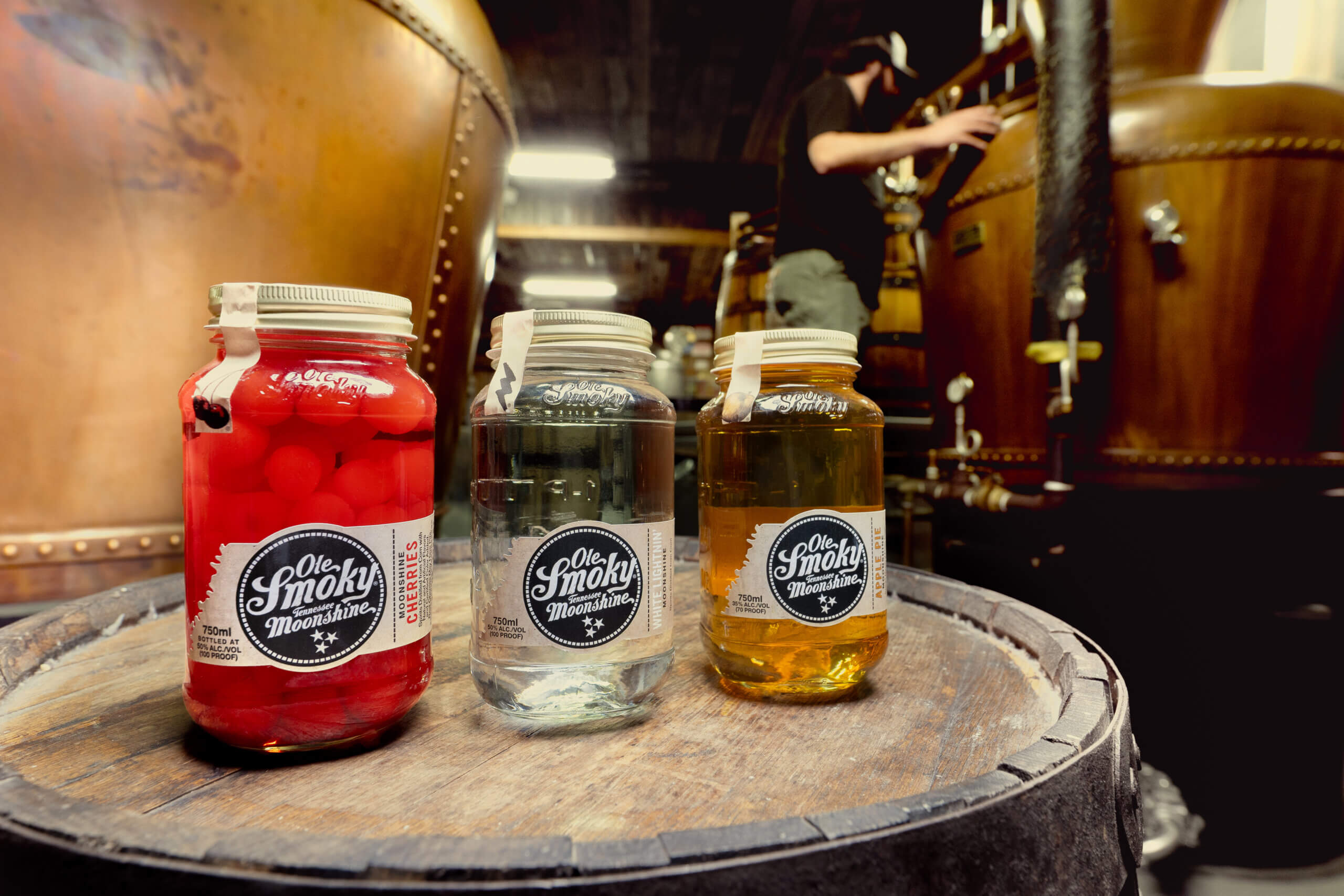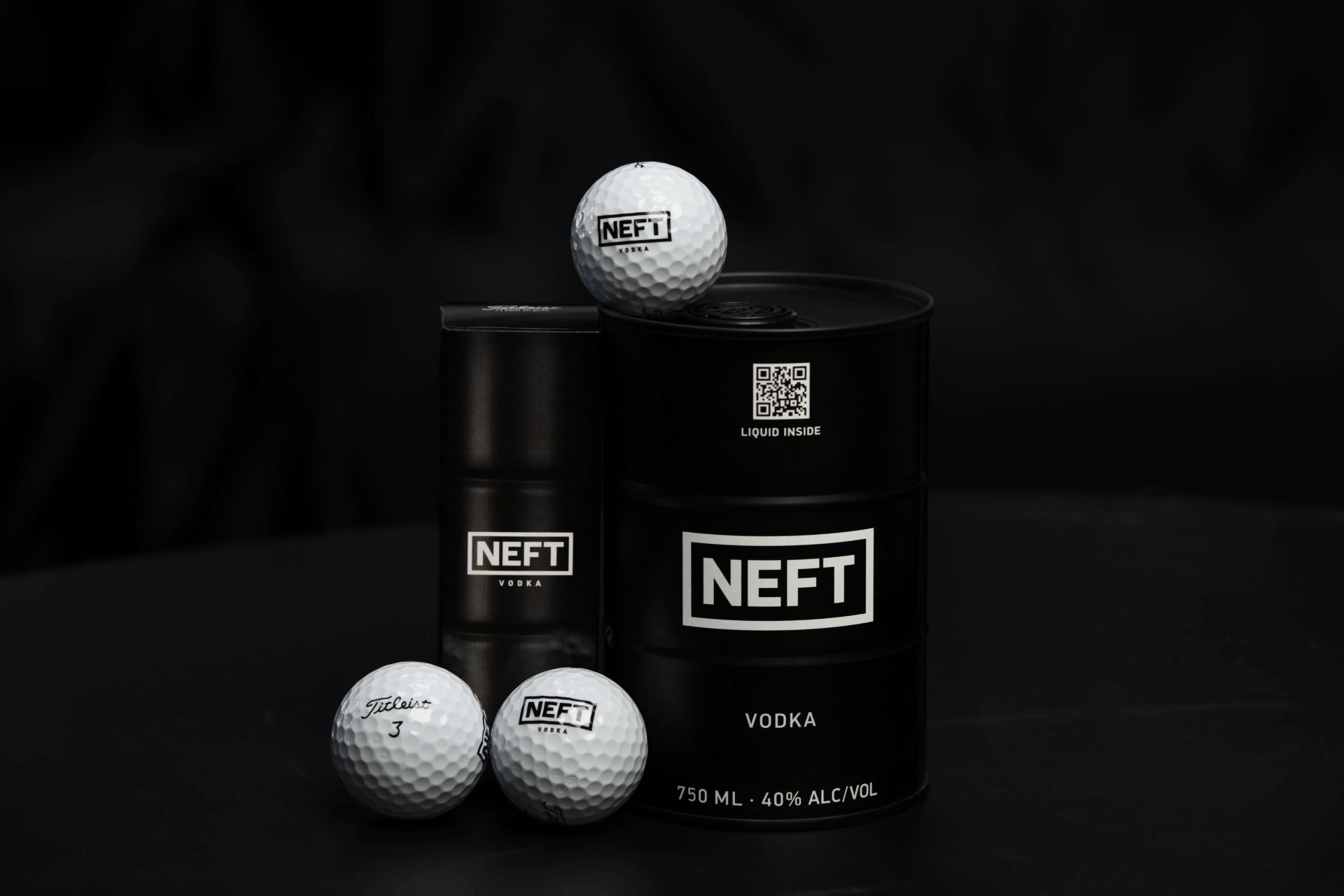What Exactly is Wheated Bourbon?
By Chilled Magazine
To put it simply, wheated bourbon is bourbon with wheat as the second-highest percentage of grain in the recipe, or mash bill.
You might not even realize it, but some of the best whiskies in the world start with wheat, not the usual rye.
If you aren’t familiar with the rule for bourbon, you should know that to be called a bourbon, the whiskey must be made from at least 51 percent corn. “After that, distillers can choose which cereal grains complete the recipe, affecting the flavor of the distillate,” says Joe Riggs, senior national brand ambassador for Redemption Whiskey, aka “The Rye Guy.”

Redemption Whiskey
Most bourbon uses 70‒80 percent corn in their mash bills, as it’s cheaper than other grains. But it might surprise you to know that in order to be called a bourbon, it doesn’t actually have to be produced in Kentucky. (Although many people in Kentucky will tell you that it isn’t a true bourbon if it wasn’t created in the Bluegrass State.)

W.L. Weller
Why Make a Wheated Bourbon?
You might wonder why anyone would even want to make a wheated bourbon when corn is so much more cost-effective. “Anytime you can bring great whiskey to market, you should,” says Riggs. “Diversity in flavor profile is part of what makes drinking whiskey so enjoyable.” Redemption has released whiskey from four mash bills to date, several at cask strength and at multiple age statements.
Redemption Wheated Bourbon benefits from 45 percent wheat content in the mash bill. “Most wheated bourbons contain less than half that amount of wheat in the recipe,” says Riggs. On top of being cheaper, using corn is more efficient to use for distilling than other grains, so distillers typically use 70-80 percent corn in mash bills, although more flavor is derived from other grains in distillation.

Old Fitzgerald Bottled-in-Bond
If you are less of a nuanced drinker, you might not notice it, but wheated whiskies (bourbons in particular) taste different from regular whiskies. Many have softer fruit characteristics, rather than herbaceous notes, as well as sweeter spices as opposed to the dry baking spices found in high-corn-based bourbons. “The barrel still has a great contribution to the end product, so there are similarities,” says Riggs. “Wheated Bourbon just tends to be softer, more approachable.”

Maker’s Mark Bourbon
In a market full of high-corn, sweeter bourbons, you might be wondering why you would want to try a wheated bourbon instead. The main reason is to try something different. You might be surprised that you actually end up liking it. “Everyone has preferences, but you have to explore to discover those preferences,” says Riggs. He recommends trying both a high-rye bourbon and a wheated bourbon side by side to compare the different flavors.

Pappy Van Winkle
What are Some Other Wheated Alternatives?
Other wheated bourbons do exist, although many are hard to find. “Pappy Van Winkle is, of course, the most well-known and sought-after wheated bourbon,” says Riggs. “Personally, Old Fitzgerald Bottled-in-Bond is a favorite, other than Redemption, and is affordable, too.” Larceny also makes a widely available wheated bourbon. The Weller line of whiskey is remarkable for the price, if you can find them. Maker’s Mark is the most easily found wheated whiskey.











